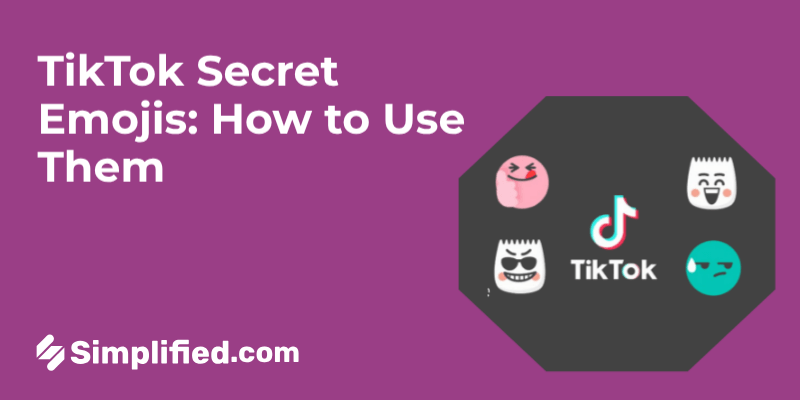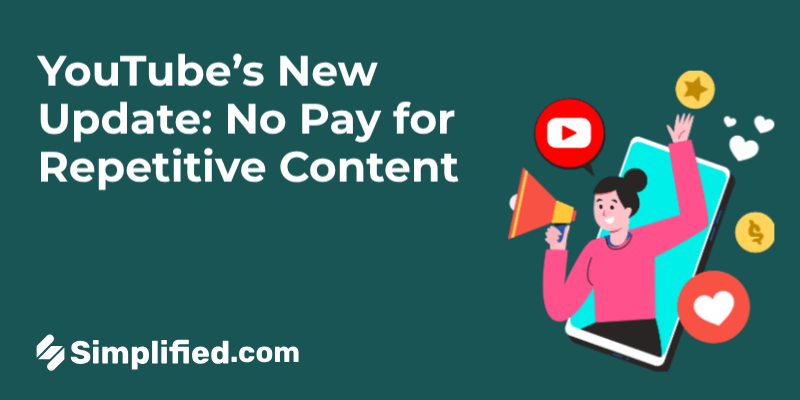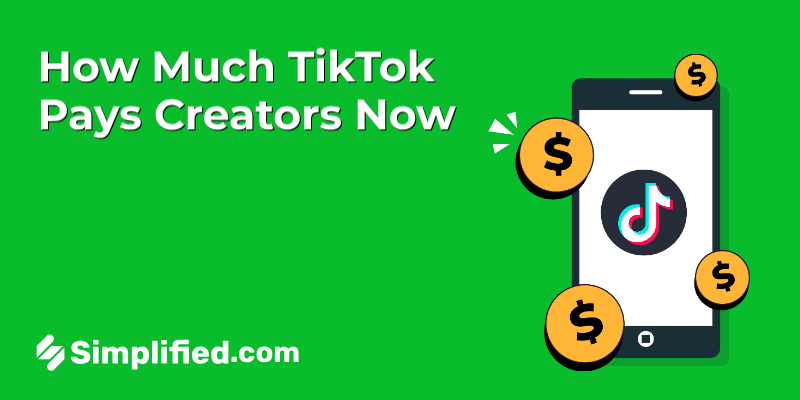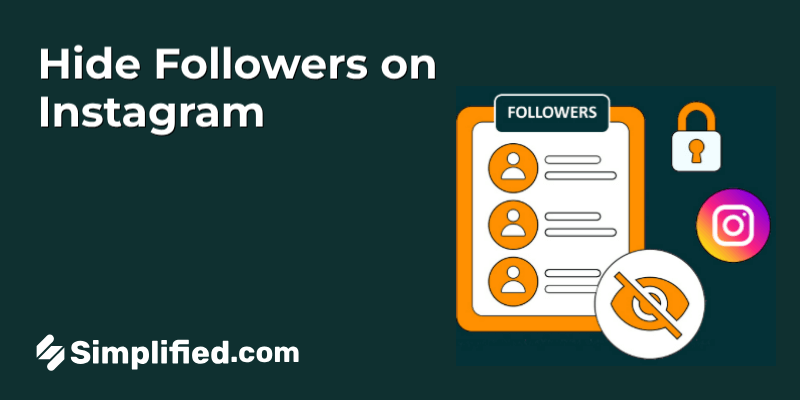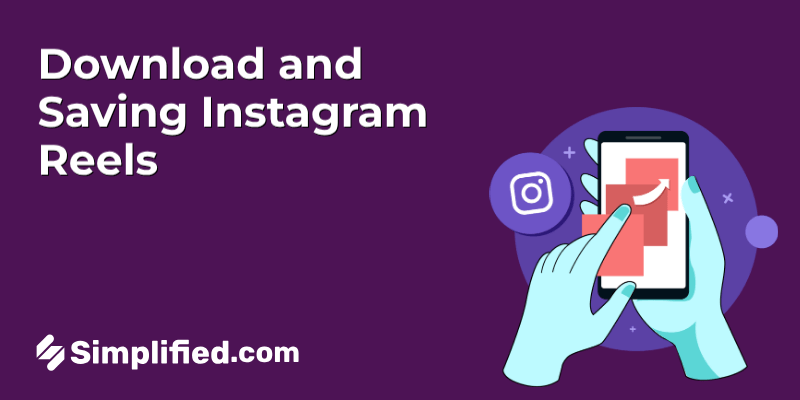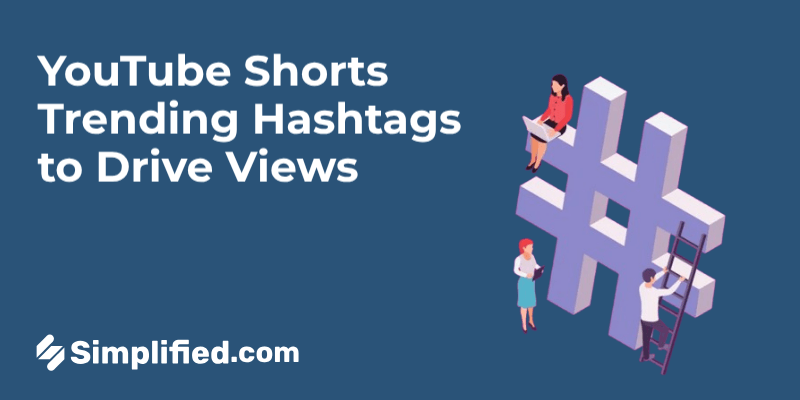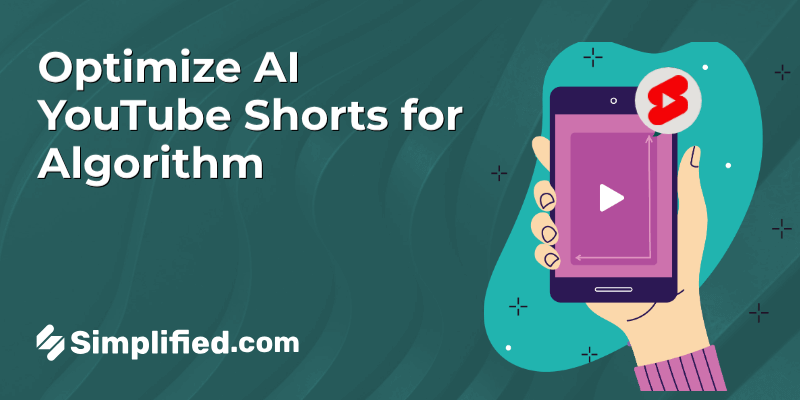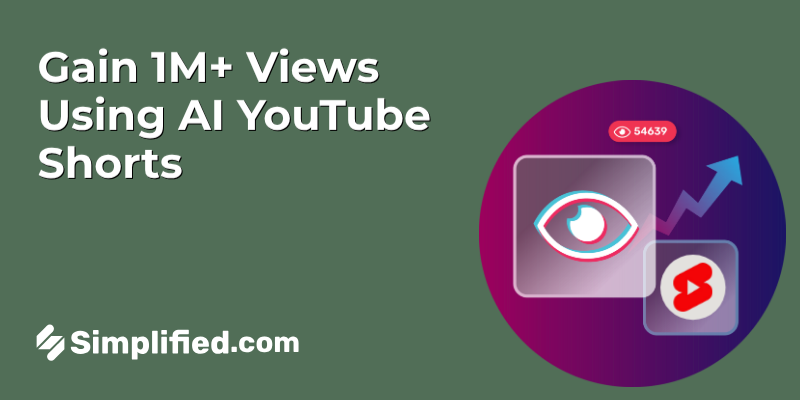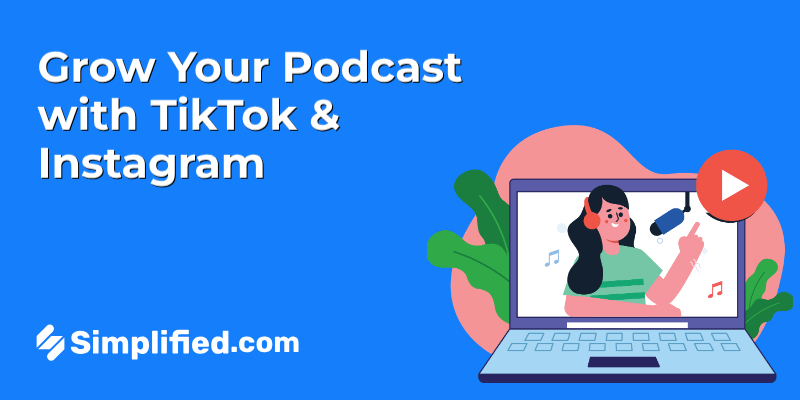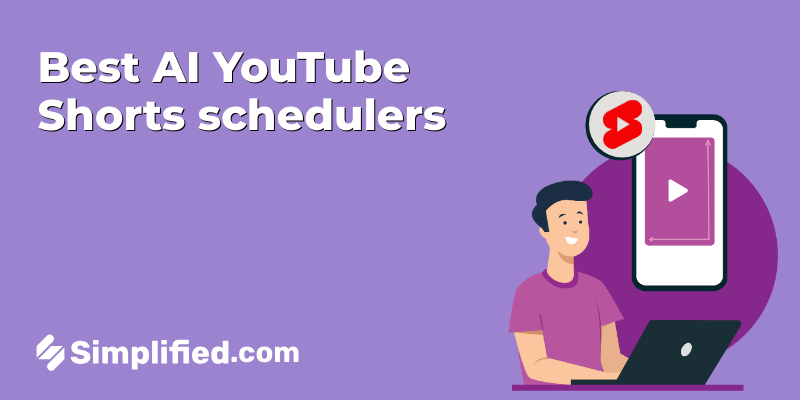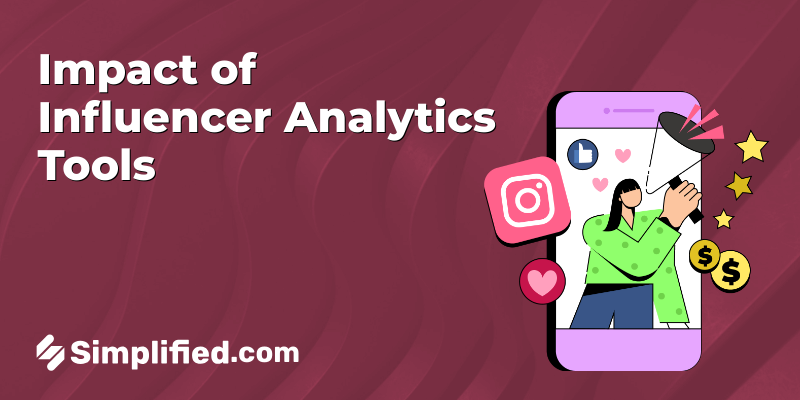
Have you ever wondered if your influencer marketing efforts are providing the returns you expected? In the fast-changing world of digital marketing, it’s important to understand the effectiveness of your influencer partnerships.
Influencer analytics tools are valuable resources for marketers looking to improve their strategies and campaign results. But how do these tools work, and what insights can they provide to help your marketing efforts succeed?
In this blog, we will explore how these tools can enhance your approach to influencer marketing, offering insights that can improve your campaigns. We will discuss the key features and benefits of using influencer analytics tools to track and improve your marketing performance, ensuring that each influencer collaboration supports your brand’s growth.
The Role of Influencer Analytics Tools
Influencer analytics tools are important for marketers who want to measure and improve their influencer marketing campaigns. These tools provide insights that help businesses make informed decisions.
By using these tools, marketers can evaluate the reach, engagement, and overall impact of their influencer partnerships. Common features include tracking follower growth, engagement rates, and content performance. For example, if a brand collaborates with a beauty influencer on Instagram, the tools can provide data on likes, comments, and shares.
These tools can also segment audience demographics, which helps in tailoring future marketing strategies. The ability to track these metrics in real-time allows for quick adjustments, ensuring the campaign’s goals are met effectively.
Bonus: Top 4 Ways Influencers Use LinkedIn in Their Marketing Strategy
Methods for Tracking Influencer Campaigns
Monitoring influencer campaigns requires a structured approach to ensure marketing goals are met. Start by setting clear objectives for the campaign, such as increasing brand awareness or driving sales.
Use influencer analytics tools to track key performance indicators (KPIs) like engagement rate, reach, and conversion rate. Here’s a simple approach:
- Identify the metrics that match your campaign goals.
- Use analytics tools to consistently collect data on these metrics.
- Analyze the data to identify trends and patterns.
- Adjust your strategy based on the insights gathered.
- Share the findings with stakeholders.
By maintaining a regular tracking routine, marketers can improve their campaigns and achieve better results.
Choosing the Right Influencer Marketing Tools
Selecting the right influencer marketing tools can significantly impact the success of your campaigns. With many options available, it’s important to assess each tool’s features and limitations.
Look for tools that provide comprehensive analytics, are easy to use, and integrate with platforms like Instagram, TikTok, and YouTube. For example, tools like Hootsuite, Sprout Social and Simplified offer strong analytics and social listening features.
When choosing, focus on features that meet your specific needs, such as audience demographics and ROI measurement. Also, consider the tool’s scalability to ensure it can grow with your business. By selecting the right tools, marketers can improve their processes and achieve their campaign goals more effectively.
Improving Influencer Marketing Performance
Once the influencer campaign is active, ongoing optimization is essential for maximizing performance. Use influencer analytics tools to monitor campaigns and gather insights.
Regularly analyze metrics such as engagement rates, click-through rates, and conversion rates. Identify which content and influencers are performing well. From there, adjust your strategy by reallocating budget towards successful influencers or modifying the content approach.
Consider conducting A/B testing to explore different methods. This process helps refine the campaign to ensure it meets the desired outcomes. By optimizing based on insights, marketers can enhance the effectiveness of their influencer marketing efforts.
Evaluating Campaign Results with Influencer Analytics Tools
After a campaign ends, analyzing the results is crucial for understanding what worked and what can be improved for future campaigns. Influencer analytics tools are helpful in this phase by providing detailed reports on various aspects of the campaign.
Start by reviewing the initial objectives and comparing them with the results achieved. Use the tools to generate reports on engagement levels, reach, conversions, and ROI. Analyze these reports to identify strengths and weaknesses in the campaign. For example, if a particular influencer generated higher engagement, consider continuing the partnership.
Document the lessons learned and apply them to future campaigns. This analysis helps in making informed decisions and improving future influencer marketing strategies.
Conclusion
In conclusion, influencer analytics tools are essential for businesses looking to improve their influencer marketing strategies. By using these tools, you can gain insights into influencer performance, audience engagement, and ROI, ensuring your marketing efforts are effective.
As you navigate the world of influencer marketing, remember that the right tools can provide an advantage, helping you refine your strategies and achieve your business goals.
Explore and implement the best influencer analytics tools available today to improve your marketing results. Subscribe to our blog for more tips and stay informed in the ever-changing world of digital marketing.


